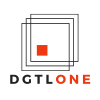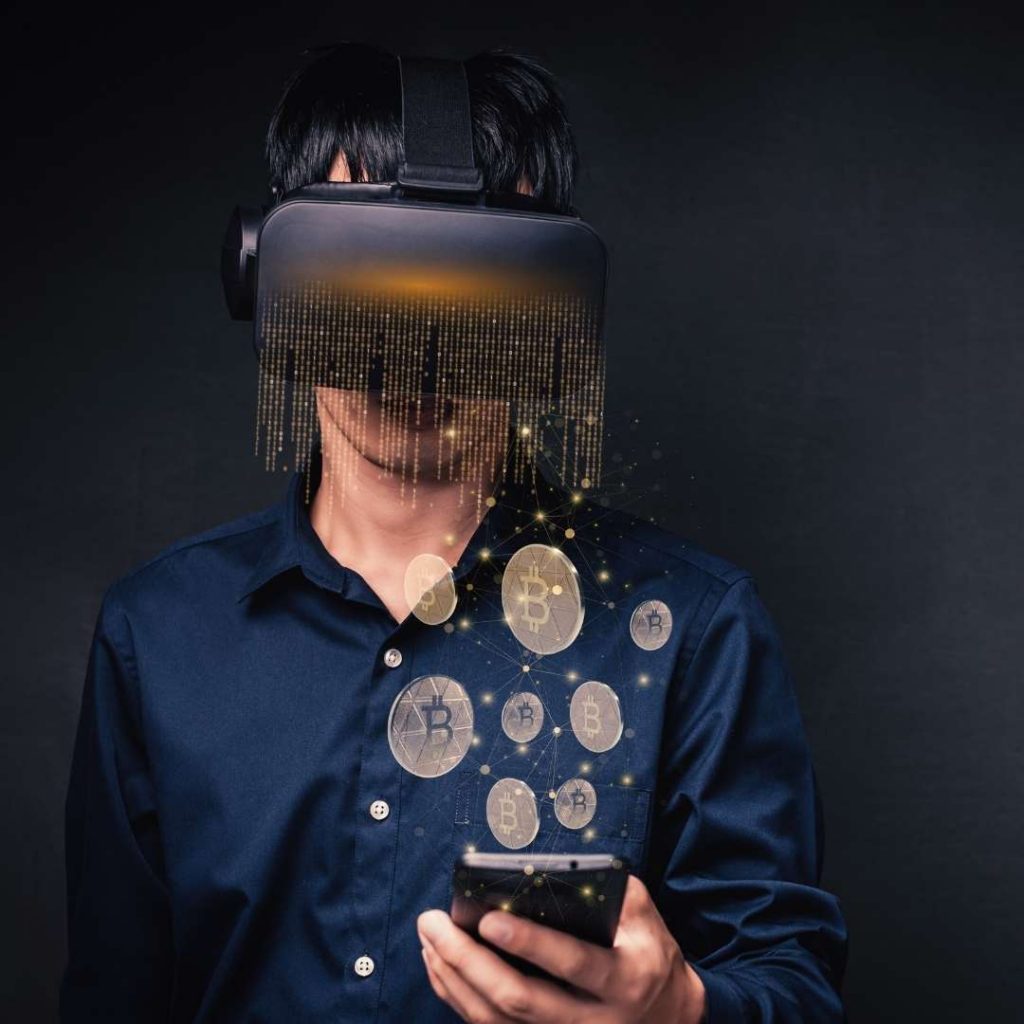The Creator economy is a new idealistic concept in which creativity, authenticity, and passion are valued above all else. In it, the new Michelangelo and Da Vinci become successful through talent, rather than struggling for a living thinking about how to shut down basic needs.
Sounds cool?
Although creativity has existed as long as humanity, it wasn’t too many years ago that we started discussing it in terms of economics. And now blockchain has come along, and everything is going on!
So how did we get there?
Let’s talk about the economic development from agrarian to industrial.
In the mid-18th century, the Industrial Revolution led to a jump from agriculture to manufacturing. It was then that the industrial economy began, and it continued until World War Two. The main goal of the industrial economy was to produce more goods that would be available to a broader range of people.
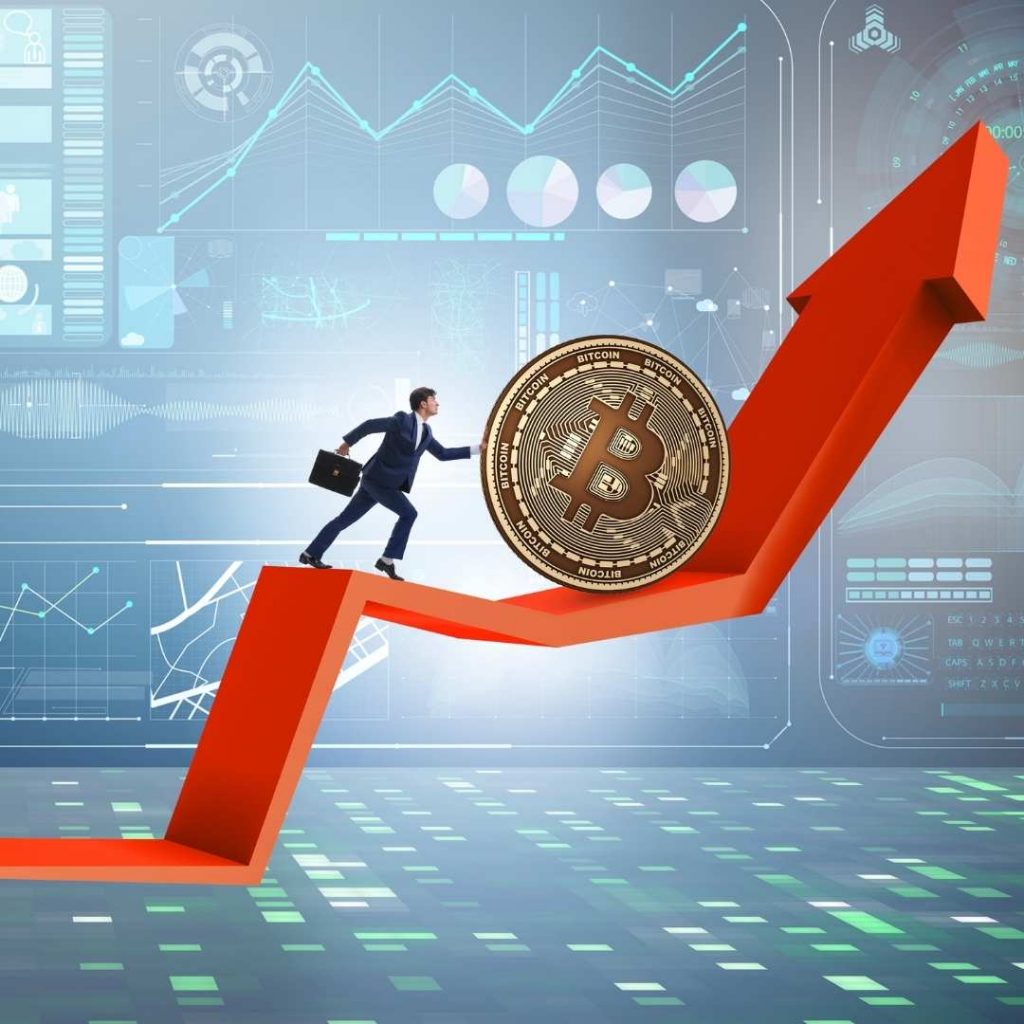
Unlike today’s oversupply of goods, they were much less accessible and varied then (in the U.S. it was the same as in the USSR a hundred years before the Union, after February 24 in Russia, obviously, it went backward).
To achieve its goals, industrialization caused significant economic changes, shifting power from farmers to producers. The last became the center of the new economic reality.
Industrialization also popularized a culture of hard work, competition, and the development of new ideas, primarily related to the processes of production automation. This was the focus of creative minds in those days.
This is not to say that there was no place for music, writing, or painting back then. But they were definitely not at the top of society’s economic agenda. The creative sphere was not considered a separate economic subset worthy of special attention.
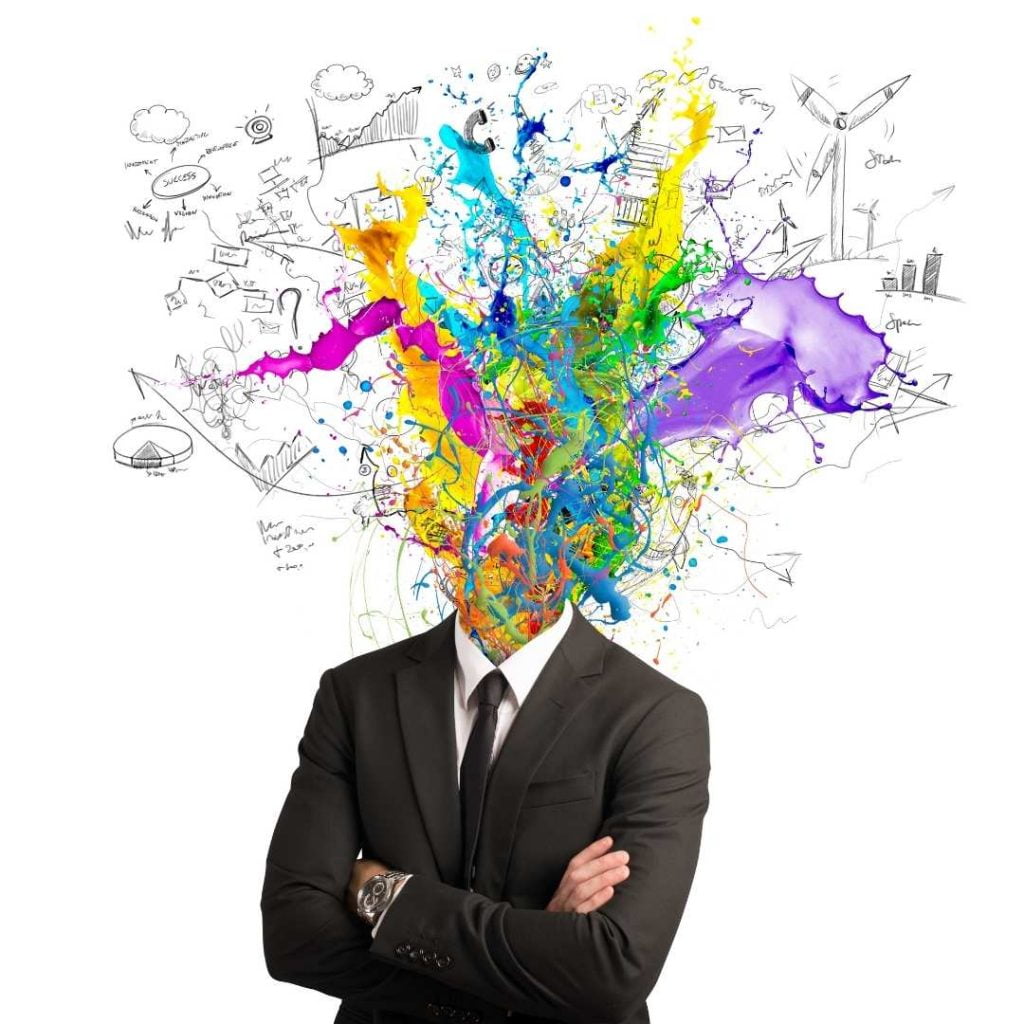
And what do we know about the transition from an industrial to a consumer economy?
After World War II, manufacturers began to produce more goods than people wanted to buy. Things were no more scarce. The economy faced a new challenge: to make customers want to buy what the market constantly offered. So the industrial-economic paradigm began to be replaced by the consumer paradigm.
Customers became the central player in the new economic reality, replacing producers. Among the other important players who entered the scene were PR, marketing, and media. The main task was to keep consumers buying. The media stimulated demand for goods and set trends.
The media also gave rise to such trends as pop culture, based on producing and disseminating creativity aimed at a mass audience. Since then, pop culture has been fostered by design, printing, publishing, multimedia, audiovisual art, cinema, etc.
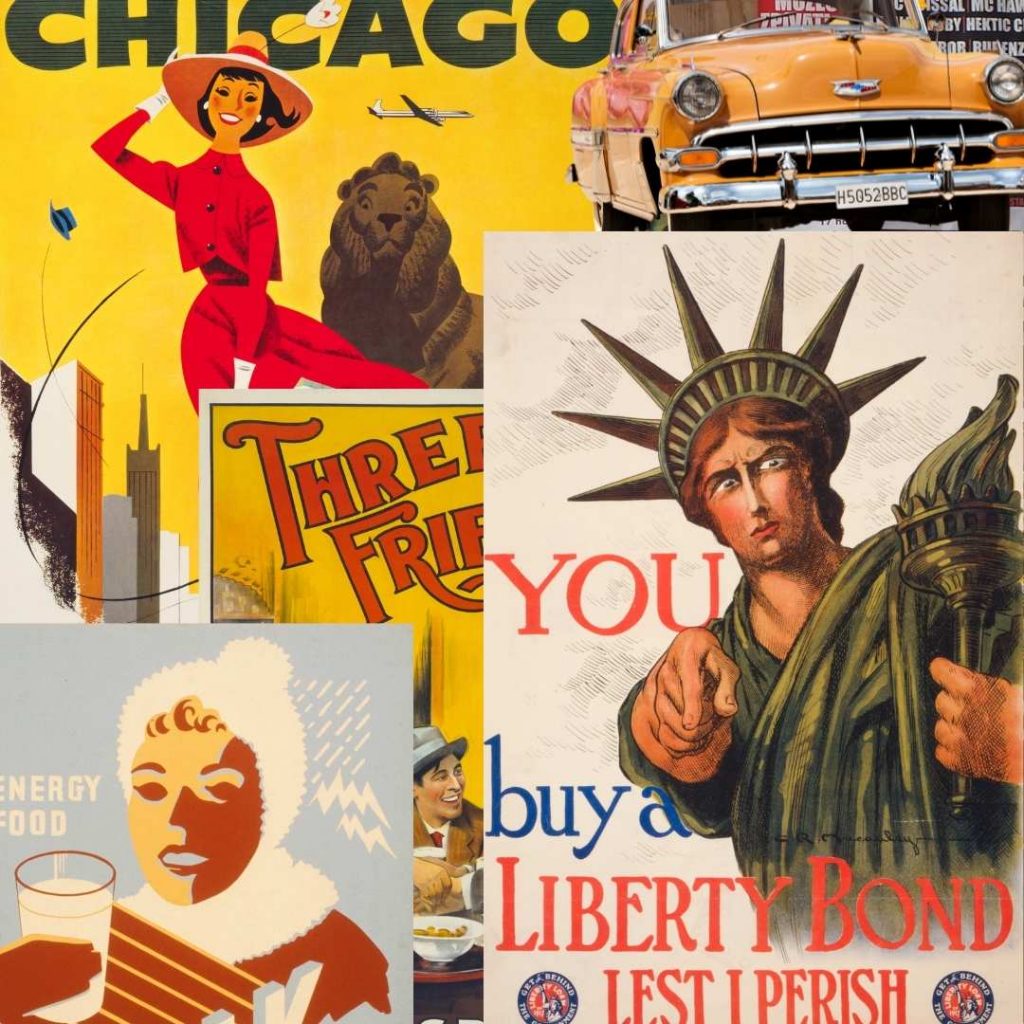
In opposition to the industrial economy, the consumer paradigm brought various creative jobs and activities. But creativity, by and large, was limited by an essential requirement: it had to sell well to the masses. Creatives have served corporations. Creating a personal brand and growing an audience was much harder than it is now.
As Paul Saffo rightly noted, you could only be recognized if you were a journalist or worked in television. Creators who wanted the world to know about them always depended on the taste of producers, publishing agencies, and other intermediaries. More often than not, luck was the most reliable promotion strategy.
Now about the transformation from a consumer to a creative economy.
The consumer economy moved into the digitization phase. A vast range of economic segments began to be transformed by IT solutions. This new economic digital environment launched the demand for a new type of creativity – innovative and digital.
Sometime later, governments of various states began to officially declare creativity as a “valuable asset that creates wealth and employment.” They also introduced a new concept of “creative industries” and the term “creative economy”. Their goal was to provide regulatory and financial support for creatives.
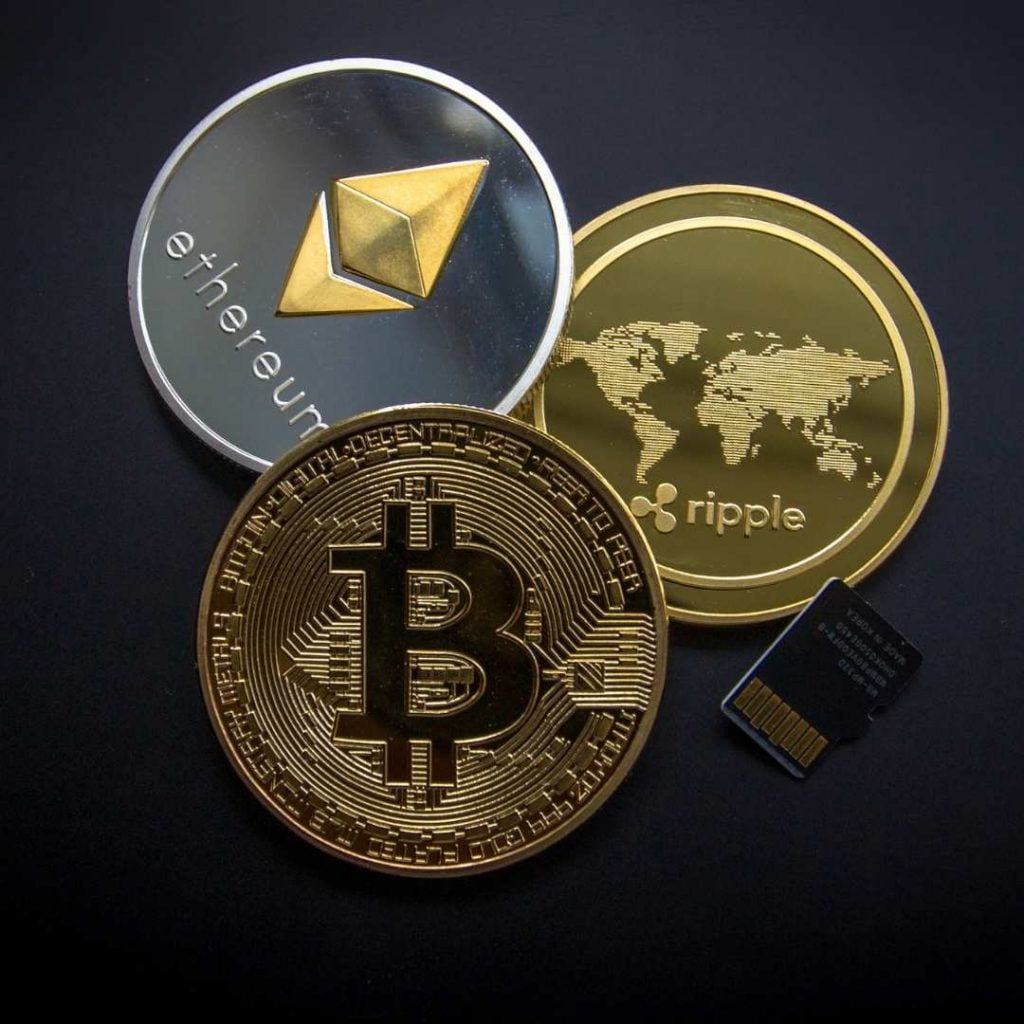
The creative economy is based on individual talent, innovation, and the exploitation of intellectual property. The spectrum covered: design, writing, audio, video, etc. In the case of the creative economy, however, these activities must be carried out based on IT.
The new challenge here was to bring innovation to most economic segments and meet the demand for new digital products and services.
Although the term “creative economy” might make you think of some kind of artist-oriented paradise, in fact, like the consumer economy, it was primarily aimed at serving the needs of consumers. It did not offer creators any new or innovative ways to turn their talent into independent entrepreneurship. The creative economy was more about “creativity through employment,” not about encouraging creators to succeed on their own terms and values.
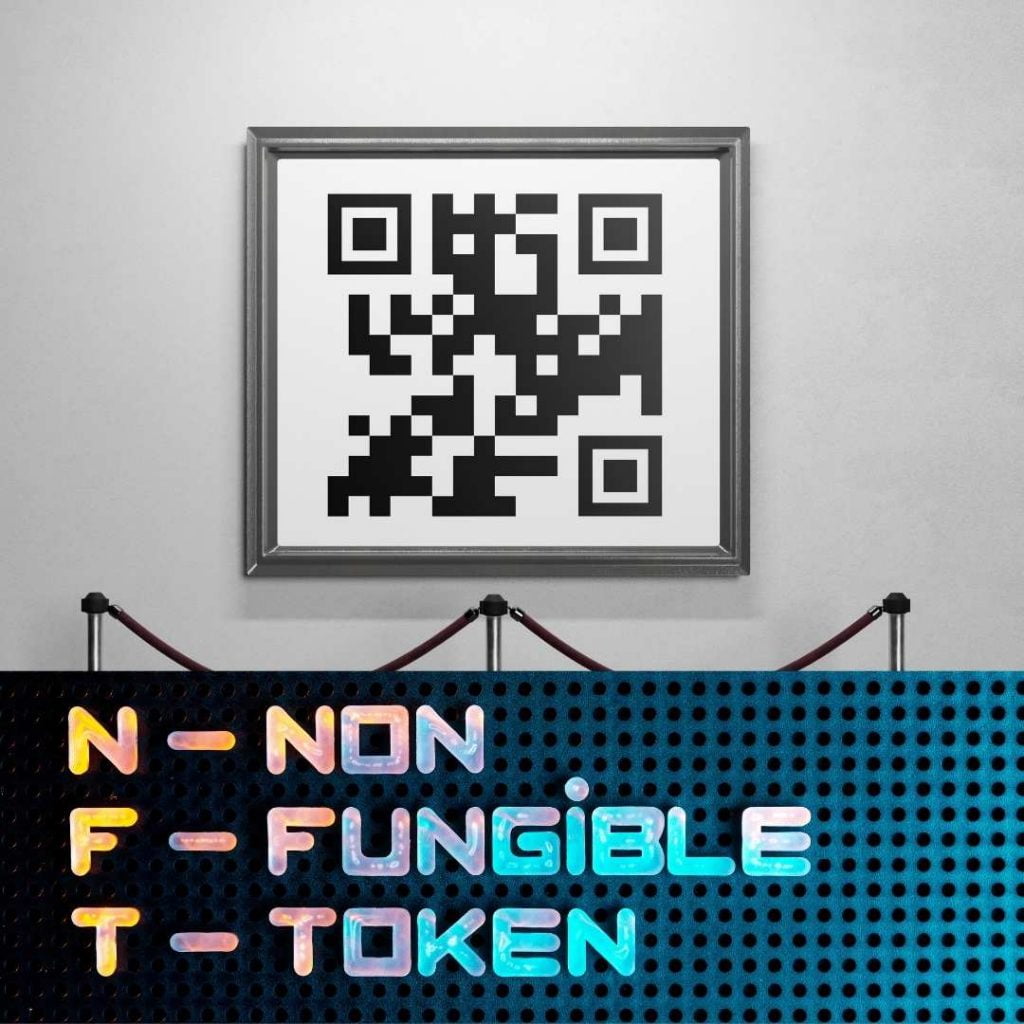
And now from creative to creator. The next economic transition happened when giant IT platforms like Google, Facebook, YouTube, etc., entered the scene and began to compete with traditional media.
During the global financial crisis of 2008, these platforms became so popular that traditional media was left behind. People started to live in social networks and use them as primary information, knowledge, and networking sources. This was the digital revolution. And this is where the creator economy began.
The challenge of the new economic paradigm was to convert customers through engagement and involvement. Unlike the consumer economy, where customers simply bought what was offered, the creator economy allowed them to engage, interact and add value. It also unlocked the tools to promote creators as “products” and monetize that process.
Writers, musicians, artists, and other creators were given the tools to promote themselves and appeal to their fans. Instead of pleasing old-fashioned “curators” (producers, casting managers, publishers, etc.), it has now become enough to figure out the technology platform to get a chance. This allowed talented people to find their fans and start making millions.
The current (or web2) creator economy is conceptually an online economic segment based on a set of interactive digital platforms, marketplaces, and tools that allow users to access and create content as well as monetize it.
The platforms give you various tools to create and distribute content through advertising. Which, by the way, is their primary source of income.
There’s no limit here.
Nevertheless, most of your revenue always goes to the platform (in web2, it’s huge). The creative economy’s main goal is to empower creators’ online entrepreneurship by providing them with digital marketing tools and removing any barriers or discrimination.
We could discuss the technological advantages of web3 over web2 for a long time, but the main reason is not these problems. The shift in mentality ultimately makes new generations notice new issues and realize that by eliminating them, a more open world can be shaped.
Cryptography has now become a significant catalyst for this shift in mentality. It has infected us with ideas of decentralization and independence from third-party service providers: 100% data ownership and self-sovereignty. Cryptography gave rise to a new way of thinking and made us look at ordinary things differently.
Originally applied to finance, cryptography’s disruptive mission has spread to many other economic subsets. Now we call it all blockchain culture.
Creator economics and web3 are meshing nicely!
